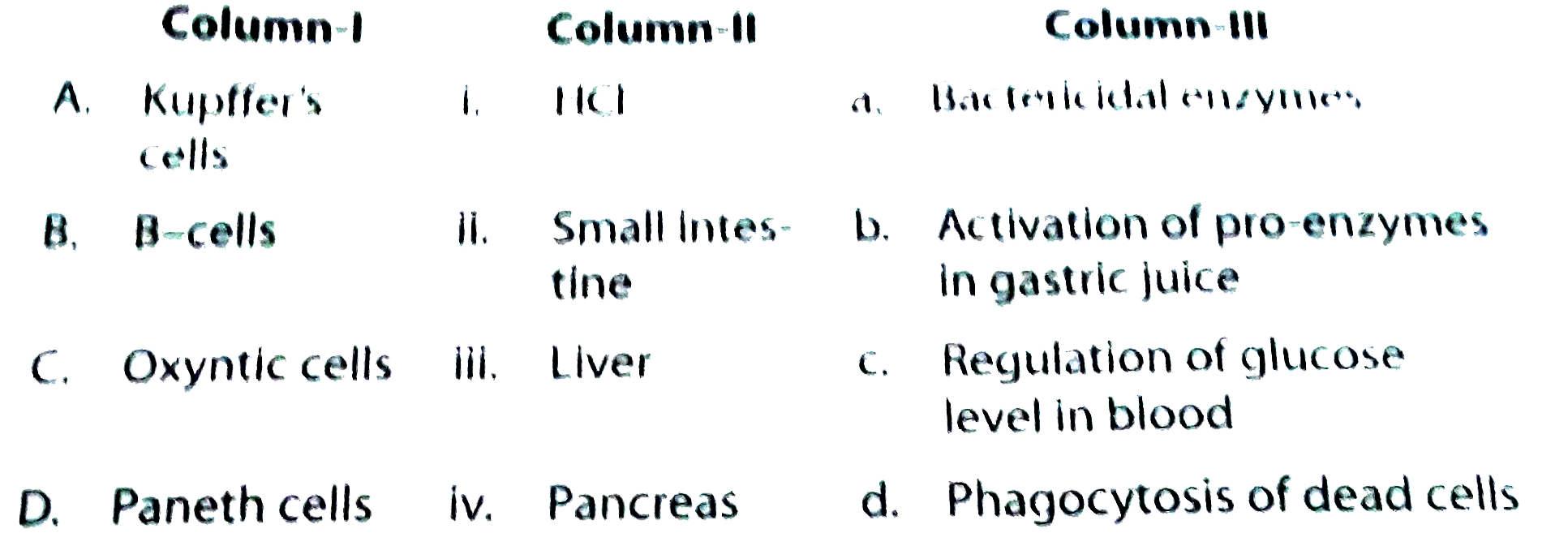For compound having the formula GaAlCl4the correct option from the following is
The correct Answer is:A, C, D
To solve the question regarding the compound with the formula GaAlCl4, we will analyze the components and their properties step by step.
Step 1: Identify the components of the compound
The compound GaAlCl4 consists of gallium (Ga), aluminum (Al), and chlorine (Cl).
Step 2: Determine the oxidation states
In this compound, aluminum typically has an oxidation state of +3. Since there are four chloride ions (Cl^-), which each have a -1 charge, the total negative charge contributed by chlorine is -4. To balance this, gallium must have a +1 oxidation state. Thus, we can summarize:
- Al: +3
- Ga: +1
- Cl: -1 (for each Cl)
Step 3: Analyze the coordination
In the compound GaAlCl4, gallium is not coordinated with chlorine directly. Instead, aluminum is the central atom, and the chloride ions act as ligands that coordinate with aluminum. Gallium acts as a counter ion.
Step 4: Compare electronegativity
Gallium (Ga) is more electronegative than aluminum (Al) due to its smaller atomic radius and the presence of d-orbitals, which leads to less shielding effect. This means that gallium has a higher ability to attract electrons compared to aluminum.
Step 5: Conclusion
From the analysis, we can conclude that:
- Gallium is not coordinated with Cl; it acts as a counter ion.
- Chlorine forms bonds with aluminum, not gallium.
- Gallium is indeed more electronegative than aluminum and is present as a cationic part of the salt.
Thus, the correct option is that gallium is more electronegative than aluminum and is present as a cationic part of the salt.
Final Answer:
The correct option is: Gallium is more electronegative than Aluminum and is present as a cationic part of the salt.
---
The compound GaAlCl4 consists of gallium (Ga), aluminum (Al), and chlorine (Cl).
In this compound, aluminum typically has an oxidation state of +3. Since there are four chloride ions (Cl^-), which each have a -1 charge, the total negative charge contributed by chlorine is -4. To balance this, gallium must have a +1 oxidation state. Thus, we can summarize:
- Al: +3
- Ga: +1
- Cl: -1 (for each Cl)
In the compound GaAlCl4, gallium is not coordinated with chlorine directly. Instead, aluminum is the central atom, and the chloride ions act as ligands that coordinate with aluminum. Gallium acts as a counter ion.
Gallium (Ga) is more electronegative than aluminum (Al) due to its smaller atomic radius and the presence of d-orbitals, which leads to less shielding effect. This means that gallium has a higher ability to attract electrons compared to aluminum.
From the analysis, we can conclude that:
- Gallium is not coordinated with Cl; it acts as a counter ion.
- Chlorine forms bonds with aluminum, not gallium.
- Gallium is indeed more electronegative than aluminum and is present as a cationic part of the salt.
The correct option is: Gallium is more electronegative than Aluminum and is present as a cationic part of the salt.
Topper's Solved these Questions
Similar Questions
Knowledge Check
- Question 1 - Select One
Select the correct option from the following
Achristiaan Huygens a contemporary of newton established the wave theory of light by assuming that light waves were transverseBMaxwell provided the compiling theoretical evidence that light is transverse waveCThomas young experimentally proved the way behaviour of light and Huygen's assumptionDall the statements given above correctly answers the question what is light - Question 2 - Select One
Choose the correct option from the following :
AIn the electrophilic substitution of toluene with Br2,iron (III) bromide acts as a Lewis acid.BIn the reaction of toluene with Cl2/FeCl3, ortho and para isomers are easily separated.CSimilar reaction with iodine is reversible in nature.DAll of these. - Question 3 - Select One or More
Choose the correct options from the following orders
ABasicity order: NH3>NH2−NH2>NH2OH>NF3BMelting point order. NH3>SbH3>AsH3>PH3CBoiling point order: NH3>SbH3>AsH3>PH3DThermal stability order: NH3<PH3<AsH3<SbH3
Choose the correct options from the following:
View SolutionChoose the correct options from the following orders
View SolutionChoose the correct options from the following orders
View SolutionChoose the correct option(s) from the following:
View SolutionChoose the correct option from following tabel:
 View Solution
View Solution

